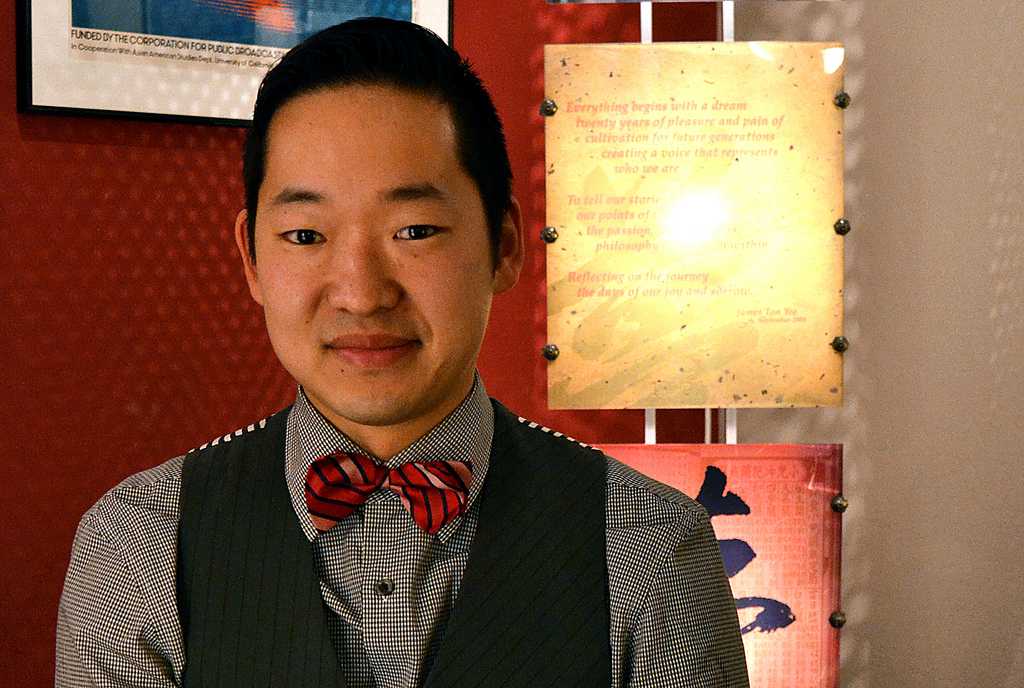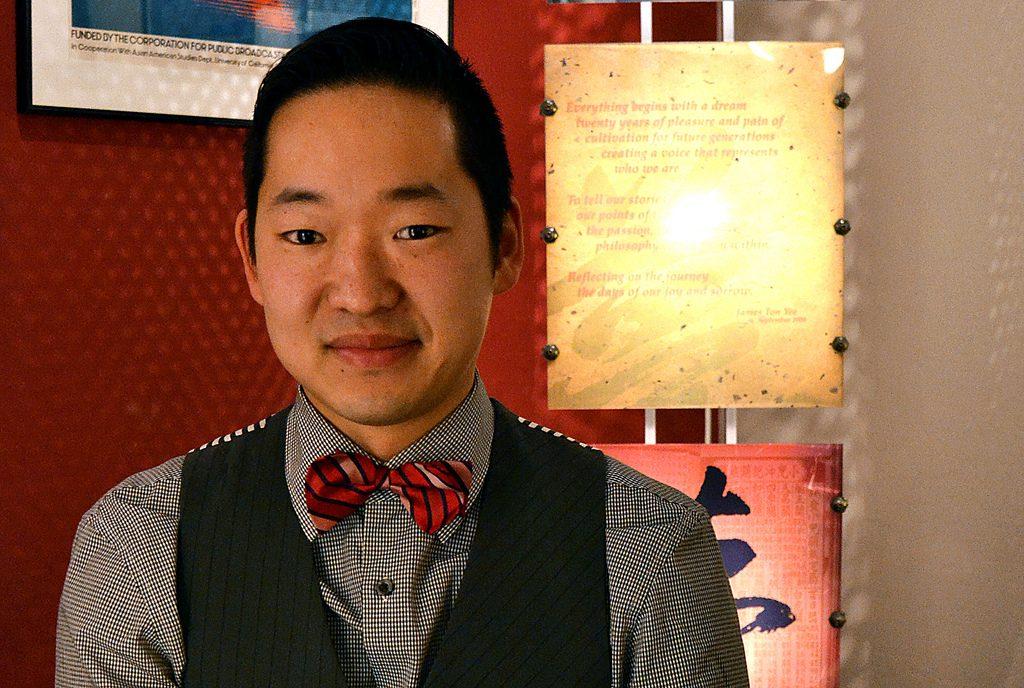
Masashi Niwano knew he wanted a career in film early on when, as a young boy, he’d revel in the company of Freddy Krueger, Jason Voorhees and Michael Myers while his parents worked late nights.
As the festival director for the Center of Asian American Media’s CAAMFest, formerly known as the San Francisco International Asian American Film Festival, Niwano has accomplished his childhood dream aided in large part by the influence of his unlikely mentors.
“My parents didn’t believe in babysitters,” Niwano said of his unconventional playdates with murderous villains from slasher films. “They believed in renting movies and just staying home and being a good boy.”
In fact, watching up to 10 films in a single night was the norm for Niwano growing up. It probably served as preparation for his job as festival director, seeing that he takes part in the viewing and selection of the over 100 films showcased this year, when CAAMFest opens March 14 to 24 at the Castro Theatre.
Niwano, also an SF State alum in film production, grew up in Campbell, Calif. As the son of Japanese parents who immigrated to the United States in the ’70s, Niwano always felt like an outsider. His mother worked as a waitress and his father worked as a fish wholesaler. It was during his parents overnight shifts that Niwano formed a connection with horror films.
“When I was growing up, I felt different from other people, not only being Asian American, but also identifying as queer,” Niwano said. “Growing up I felt like an outsider and I think a lot of artists have a similar foundation of feeling different and that’s kind of where I started,” he said.
Most parents would shiver at the thought of allowing a 10-year-old to watch such violent fare as “Friday the 13th,” “A Nightmare on Elm Street” and “Halloween,” let alone allowing that child to develop such a sympathetic understanding toward the villains. Niwano’s parents encouraged his unique expolration of films and gave him free rein when it came to selecting movies at their local video store.
“Whenever I watched these films, I never took them as hypersexual or hyperviolent. I was watching them as a case study for these characters and trying to figure out their motivations,” he said.
While machete-wielding characters were welcome guests at the Niwano household, one name always drew ire and disdain — Disney. Niwano and his parents shared a distaste for all films from the house of mouse and “Aladdin” in particular.
“I just remember hating them all and finding them all so disturbing,” Niwano said. Niwano and his parents disapproved of the stereotypical representations of minorities often found in animated Disney films.
Niwano considers his disconnect from the whimsy of Disney films as his most defining moment rather than his appreciation for the blood-soaked horror genre.
“I don’t see my story and I do think I have a unique story and a different perspective,” Niwano said. With his back firmly turned away from the magical kingdom, Niwano now felt free to pursue his artistic endeavors.
For his 10th birthday, Niwano was given a video camera instead of a bike. Niwano, along with his group of misfit friends that included “demonic looking” twins with white hair, turned filmmaking into a staple of his adolescence.
Along the way he had brief stints as a guitarist for such garage bands as Sweet Awakenings when he was 12 and Pony Tails. The latter was a two-person affair that consisted of him on guitar and a friend playing the drum machine.
After making a splash with his high school senior thesis on horror films, Niwano enrolled in SF State’s film program. While there, he realized his life’s ambition of wanting to run film festivals. While at SF State, he created a class on how to run a grassroots film festival and interned as an archivist for CAAMFest under its previous name.
CAAMFest has its offices in the Mission. With heavy construction on the first floor and a frenzy all throughout their third level space in preparation for the festival, Niwano found himself once again in a space surrounded by boxes and file cabinets similar to the ones he used to spend hours sorting through as an intern for the duration of this interview.
“In my head I was still thinking that I will be the first Asian-American filmmaker to tell my story,” Niwano said of his time as an intern. “Working here I realized that I won’t be the first. There have been hundreds of pioneer filmmakers,” he said.
It’s the legacy of such diverse filmmakers that Niwano hopes to nurture and cultivate through CAAMFest. The festival will also serve as a showcase for other SF State alumni including Debbie Lum.
Lum’s film, “Seeking Asian Female,” is a documentary that examines the controversial topic of “yellow fever,” where white men fetishistically seek the companionship of Asian women. Despite its delicate premise, Lum’s film serves as an example of the festival’s programming that aims to depict the complexities of the Asian American experience.
“We’re just happy to be in a place where we can share our stories,” Lum said, who is also a former CAAMFest intern. However, regardless of race, Lum encourages students to partake in the festival.
“Film is a universal language and it doesn’t matter what culture you come from because anyone can find a belonging in film,” Lum said.
Valerie Soe, an SF State professor of Asian American studies, spoke of the universality of CAAMFest’s mission. “A lot of Asian American filmmakers are not just good filmmakers,” Soe said. “They’re really good filmmakers period.”
Niwano and company hope to foster an all-inclusive community with CAAMFest while celebrating the contributions of Asian American filmmakers.
“Embrace it and be excited by it even if you don’t feel like you’re part of the community,” Niwano said. “You’ll learn so much about yourself,” he said.








